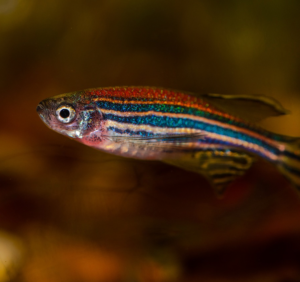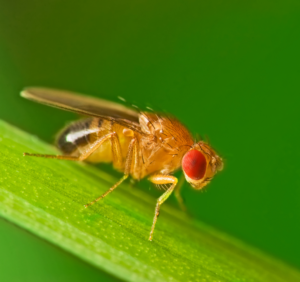Like any revolutionary technology, domestic horses changed human society. The incredible speed and strength of these animals opened up new opportunities to spread trade, language, and culture. For thousands of years, horses have been helping build human society by pulling wagons and plows and carrying soldiers and travelers on their backs. Horse husbandry changed humanity, but along the way we changed horses too.
A new review paper by Pablo Librado and colleagues in the October issue of Genetics tells the story of how the modern horse came to be. They track the genetic changes that led from wild horses living on the Eurasian steppes 5,500 years ago to the many highly specialized breeds of domestic horse that exist today.
Modern horses have been shaped into distinct breeds with different talents and specialties. Compare a racing thoroughbred with a draft horse like a Clydesdale —they’re extremely different animals now, but they both descend from the same ancestral group of wild horses. Comparing the DNA variation of all different kinds of domestic horses and their only living wild relative, Przewalski’s horse, can reveal the genetic changes that occurred during domestication. Librado and colleagues emphasize that another crucial tool used for tracing the horse lineage is ancient DNA, which is extracted from bones of animals that have been dead for thousands of years. The oldest successfully extracted DNA came from the skeleton of a wild horse that lived in the Yukon between 560,000 – 780,000 years ago. Such samples are especially important because there are very few wild horses left alive, and modern horse breeding practices have obscured the genomic signature of early domestication qualities like geography. Thanks to data from ancient DNA, geneticists have learned that a previously unknown group of now-extinct wild horses were also ancestors to modern horses.
Remarkably, the majority of Y-chromosomes carried by modern domestic horses can be traced back to just a few stallions. This could be because only a few males were originally used in domestication, but it could also result from carefully controlled modern breeding practices where a single male sires a huge number of offspring. The ultimate cause of this very low Y-linked diversity is still debated, but strict selective breeding has almost certainly contributed. In contrast, a much larger number of females than males contributed ancestry to domestic horses. According to Librado and colleagues, it seems that wild mares were continuously introduced into human-controlled herds throughout the process of domestication.
Turning a wild animal into a domestic one that will tolerate humans involves a long process of selecting for traits like docility and friendliness. In the case of hard-working horses, desirable traits also included strength, endurance, and gait. This kind of selective breeding leaves a very clear mark in the genome. By comparing the genomes of modern domestic horses with very ancient domestic horses, geneticists were able to identify many genes linked to selected traits, including genes involved in coat color, skeletal structure, the circulatory system, and brain development and behavior.

Photo by Softeis via Wikimedia. The speed and stamina of modern racing thoroughbreds are the results of extensive artificial selection.
Similarly, comparing modern breeds can identify the genes that make each breed so different. Librado and colleagues describe how scientists have used this approach to identify gene variants involved in the superior racing ability of thoroughbreds and alternative gaits like those used in competitive jumping and dressage. Lesser known traits have also been investigated, like extreme cold tolerance in Yakutian horses. Their ability to survive harsh Siberian winters has been linked to genome regions that influence coat hair density and metabolism. Many domestic breeds suffer from a high frequency of inherited illnesses due to harmful gene variants being inadvertently selected alongside a beneficial trait. Genetic work has identified the genetic cause of muscle defects in Belgian draft horses, which interestingly enough may have once been a beneficial trait under the harsher conditions of its working past.
In many ways, understanding the history of horses is a vital part of understanding our own story. Yet many traditional horse breeds are now endangered, and unanswered questions about the genetics of horse domestication remain. In this review, Librado and colleagues urge haste to conserve this source of unique variation before it is too late.
Librado, P., Fages, A., Gaunitz, C., Leonardi, M., Wagner, S., Khan, N., Hanghøj, K., Alquraishi, S., Alfarhan, A., Al-Rasheid, K., Der Sarkissian, C., Schubert, M., & Orlando, L. (2016). The Evolutionary Origin and Genetic Makeup of Domestic Horses. Genetics, 204(2), 423-434. DOI:10.1534/genetics.116.194860






























